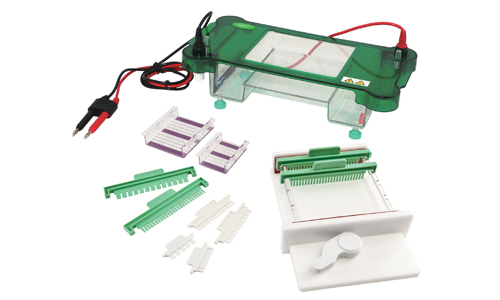Monkeypox, also known as seismic smallpox, is a disease similar to smallpox, however, this is considered less severe, and is caused by the Orthopoxvirus. This viral disease is spread by coming into contact with the animals that carry the virus. Although the name of this viral infection is attributed some relationship with monkeys, these are not only their carriers, according to studies, rodents such as dogs, mice, rats and squirrels are also.
Monkeypox was detected in 1970, in the tropics of some African countries such as the Republic of Congo, Cameroon, Nigeria, Sierra Leone and South Sudan, among others. However, at present, cases of this virus have arisen in places where it is not usually common to appear, causing health alert in countries such as Canada, the United States, and some parts of Europe and the Middle East.
Monkeypox is a contagious disease, which means that people who are exposed to risk situations should take measures to prevent its spread or transmission. There are currently 3 monkeypox vaccines that offer a good level of protection, helping to protect ourselves and all those around us.
Using the Microscope to Make Monkeypox Vaccines
The electron microscope is a key instrument for detailed study of viruses. Viruses are cell-dependent microscopic infectious agents for reproduction, measuring 0.02 to 0.75 microns. The family to which the monkeypox virus belongs has a size of between 230 nm and 270 nm and, although with some stains can be observed under the conventional microscope, the ideal is to use an electron microscope, since it has a greater power of resolution and makes it possible to see and study the structure of the virus for the realization of vaccines, for example.
To make the monkeypox vaccine, the same steps are followed as those made with conventional vaccines. During the elaboration of these, it is indispensable the use of the electron microscope to evaluate them, which is why it is a team that should not be lacking in biomedicine laboratories. During the manufacture of vaccines, the following steps are completed:
- This leads to the creation of an antigen, the active ingredient that will be present in the vaccine. This causes an immune reaction when it enters the body.
- The antigen is kept isolated from the cells used for its creation.
- Adjuvants are added to the vaccine to help increase the immunological antigen reaction; stabilizers, those that hinder the production of chemical reactions in the vaccine; and condoms that allow the use of multi-dose blisters.
Electron microscope operation
The electron microscope is an instrument that has a greater capacity of augmentation than the optical microscope, being perfect and very useful for the area of research, because through this it is possible to increase the images of samples to higher levels, allowing the vision of ultrastructures of various biological samples, such as microorganisms, large molecules, cells, among others. The foundation of this equipment is the use of electrons instead of visible light.
The electron microscope is made up of elements that help it generate electrons and direct them to the sample, these parts are: the electron source, which is similar to the light source of an optical microscope, however, in this is essential an electron emitter; electromagnetic lenses, which guide the path of electrons to the vacuum chamber; a vacuum chamber, so that the electrons do not interact with the air molecules outside, and a fluorescent screen, where the image is to be reconstructed. In addition, it must be supplemented with a computer to manipulate the microscope and be able to process the images obtained.
Kalstein branded microscope
At Kalstein we are MAKERS of microscopes, as well as a wide variety of laboratory equipment, useful in the area of science. Our equipment has the main characteristic to be of high quality and technology, with the cheapest PRICES within the market. If you are interested in BUYING any of these equipment, you can find various models in our catalog, for example, trinocular, inverted, binocular, metallurgical, polarization microscopes and many more. To enter our catalog click on: HERE For more information about our equipment go to HERE




